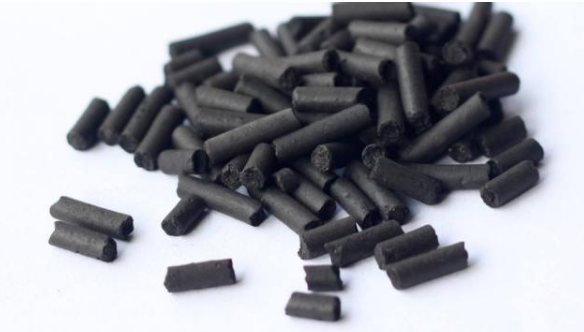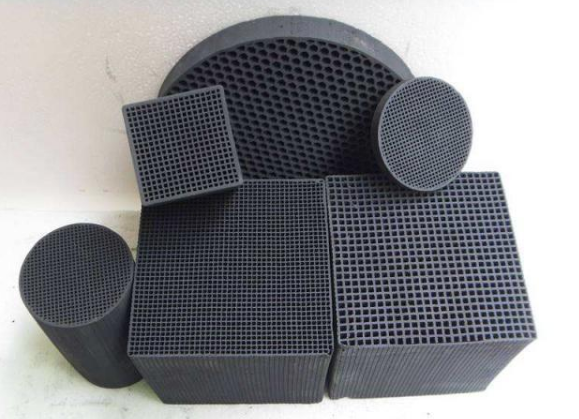Can activated carbon remove formaldehyde? The answer is yes, but not much
Using activated carbon to absorb formaldehyde should be the most "professional" method that ordinary users can think of. Among the many products that remove formaldehyde on the market, the sales volume of activated carbon is the highest, which is closely related to the price and the people.

So is it really useful to use activated carbon against formaldehyde? The answer is useful, but not very useful: activated carbon can indeed absorb formaldehyde in the air, but if only rely on activated carbon, it is bound to face two problems.
Problem 1. Saturation of activated carbon
Activated carbon is like a water cup, formaldehyde is like water, water cup can put indoor water into the cup, but there will always be a full day - the so-called "adsorption" is not decomposition, but the use of activated carbon in many small holes, so that the air containing activated carbon can not get in.
But when the water is full and the activated carbon is saturated, there will be no adsorption capacity. So in an absolutely closed space, put the activated carbon, in a short time, the formaldehyde content in the space will indeed reduce. But for a long time, the activated carbon will not work.

Fortunately, the water in the water cup can be poured out when it is full, and the formaldehyde can also be poured out when the activated carbon is saturated. Put the activated carbon in a ventilated and pollution-free place to dry, and it will soon return to its original state.
However, the saturation speed of the activated carbon is too fast. If you want to completely rely on the activated carbon to absorb the formaldehyde in the space of one hundred and ten square meters, you can't count how many times you need to dry it.
Problem 2: formaldehyde release period
With the water glass, we should talk about water - even if the water glass is small, it can be exported for a long time. But the key is that the water we are facing at this time is not dead water: the release cycle of formaldehyde can be as long as 25 years, as short as 3 years. During this period, formaldehyde in building materials will be continuously released into the air.
In other words, within 3-25 years after decoration, we use activated carbon to absorb formaldehyde, and then take the activated carbon to the outdoor air drying - in such a repeated process, the indoor formaldehyde will not necessarily be less and less, but there will be new formaldehyde added constantly. If the amount of activated carbon is less, or it is not dried in time, the indoor formaldehyde content may even increase.
How to remove formaldehyde
If only formaldehyde in the air is considered, the adsorption speed of activated carbon is much faster than that of window ventilation. But activated carbon is not useless, such as wardrobe, drawers and other places, inconvenient for long-term ventilation, formaldehyde can be used to absorb.
If even formaldehyde release cycle is taken into account, almost any formaldehyde removal method is ineffective, including window ventilation. If you want to avoid formaldehyde emission, you can only solve it from the source - choose environmental protection building materials directly when decorating.





